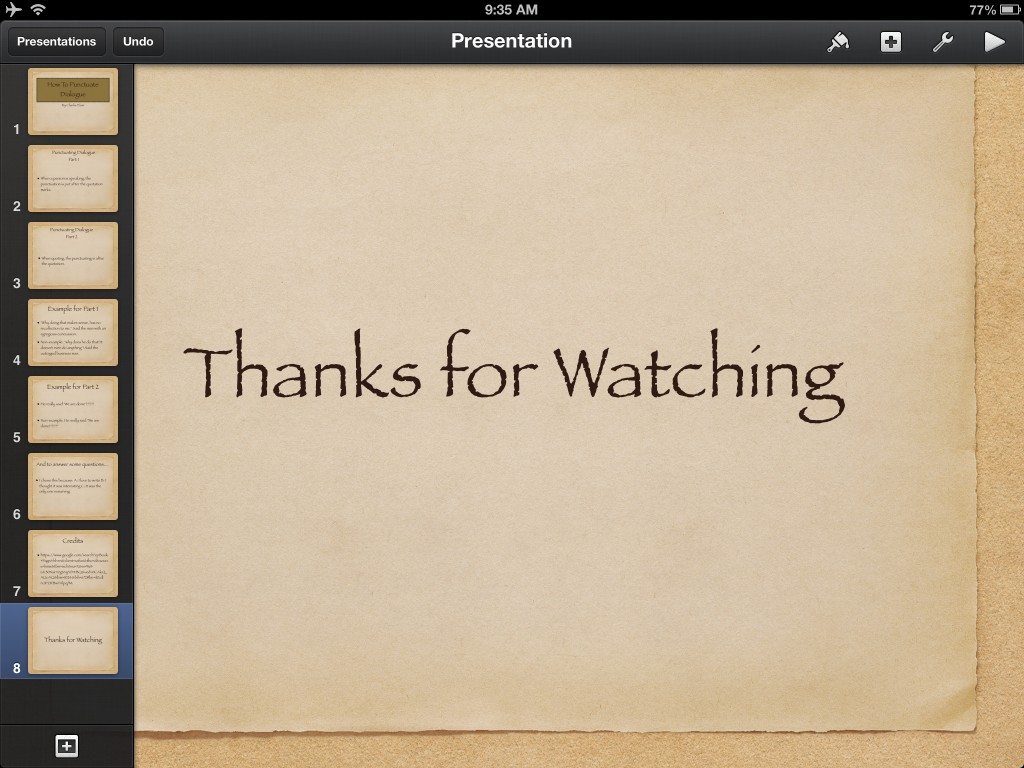
Punctuating Grammar by Charlie
My project is about punctuating dialogue. When a character/person is speaking, the punctuation goes on… read more


My project is about punctuating dialogue. When a character/person is speaking, the punctuation goes on… read more
In language arts we had to do a project on grammar, and I chose when to use a colon. I… read more
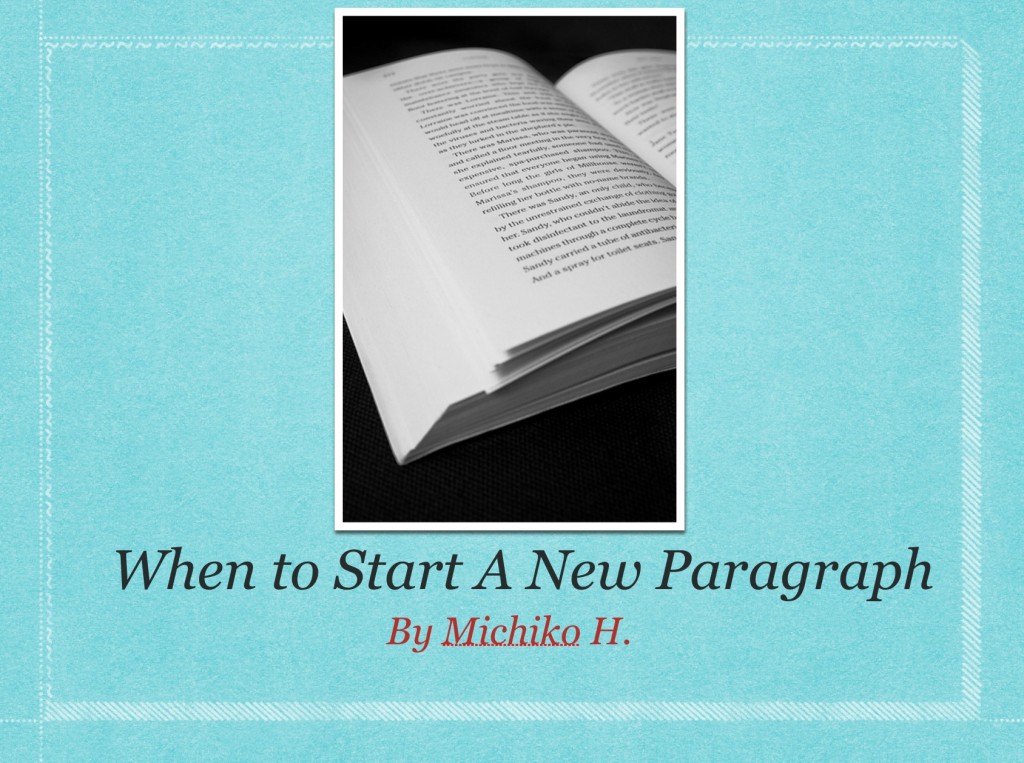
When I first started this project I had no idea when to start a new paragraph but now I feel… read more
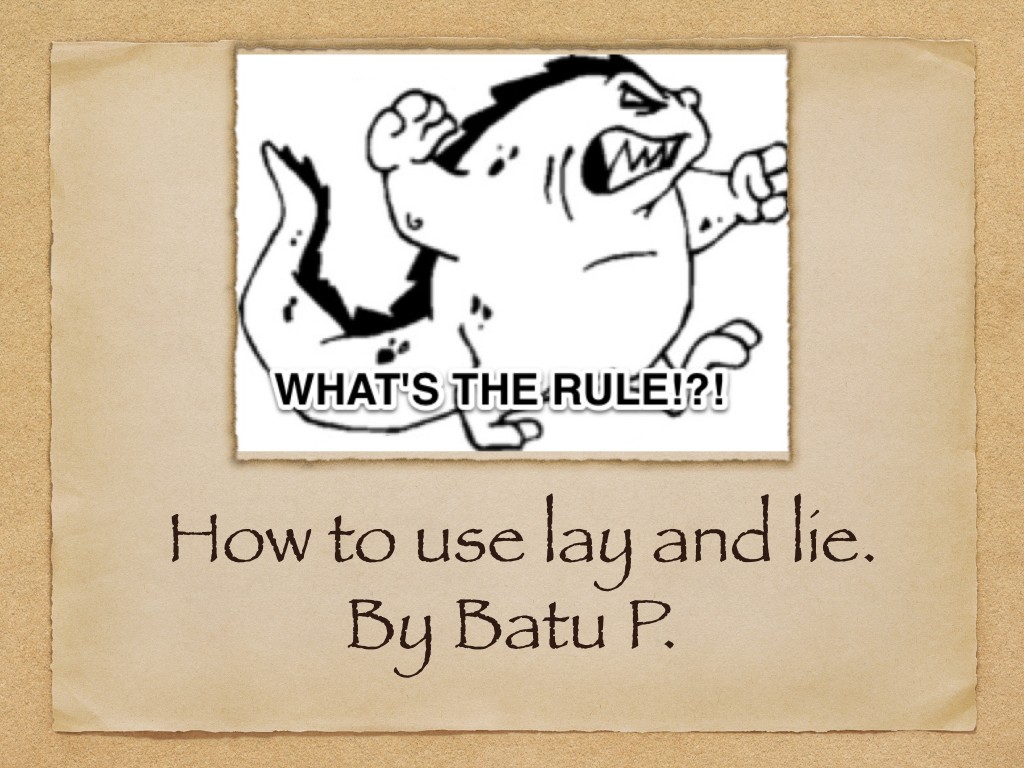
I am going to teach you how to use lie and lay. The fastest way to learn the difference is… read more

My grammar project was about complete vs incomplete sentences. I found out that there are two parts of a sentence:… read more
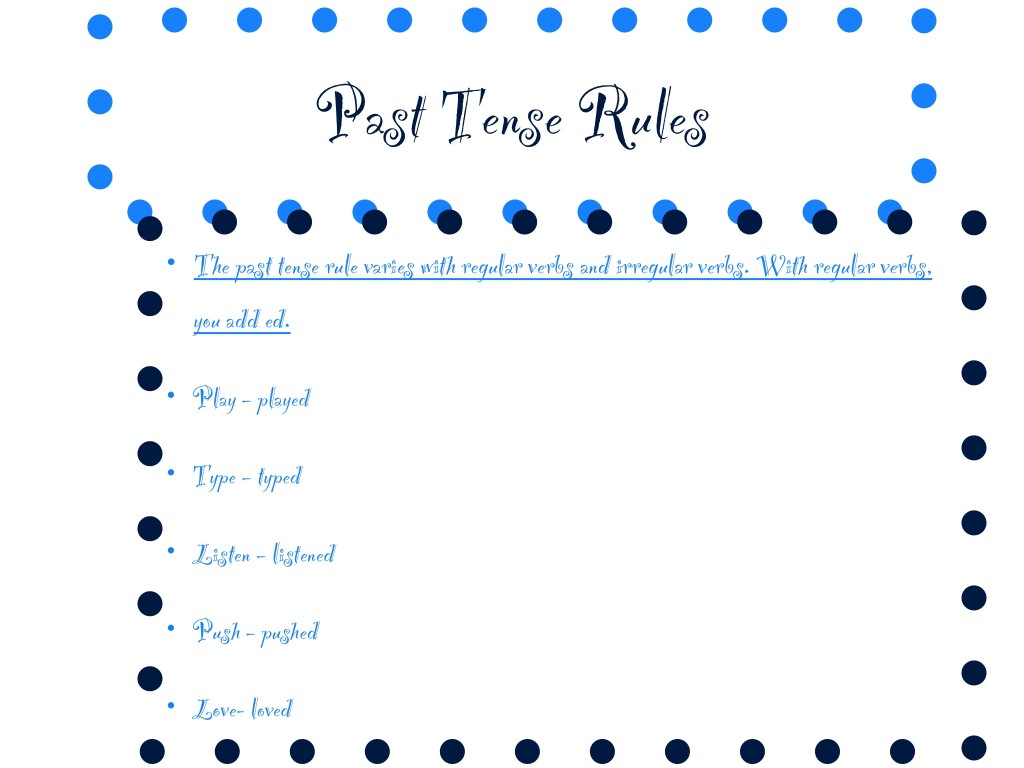
This is my first slide! I thought this was a really fun project to do because I enjoyed using Keynote. I… read more

I chose run on sentences for my presentation in Language Arts class. I was very eager to present it because… read more
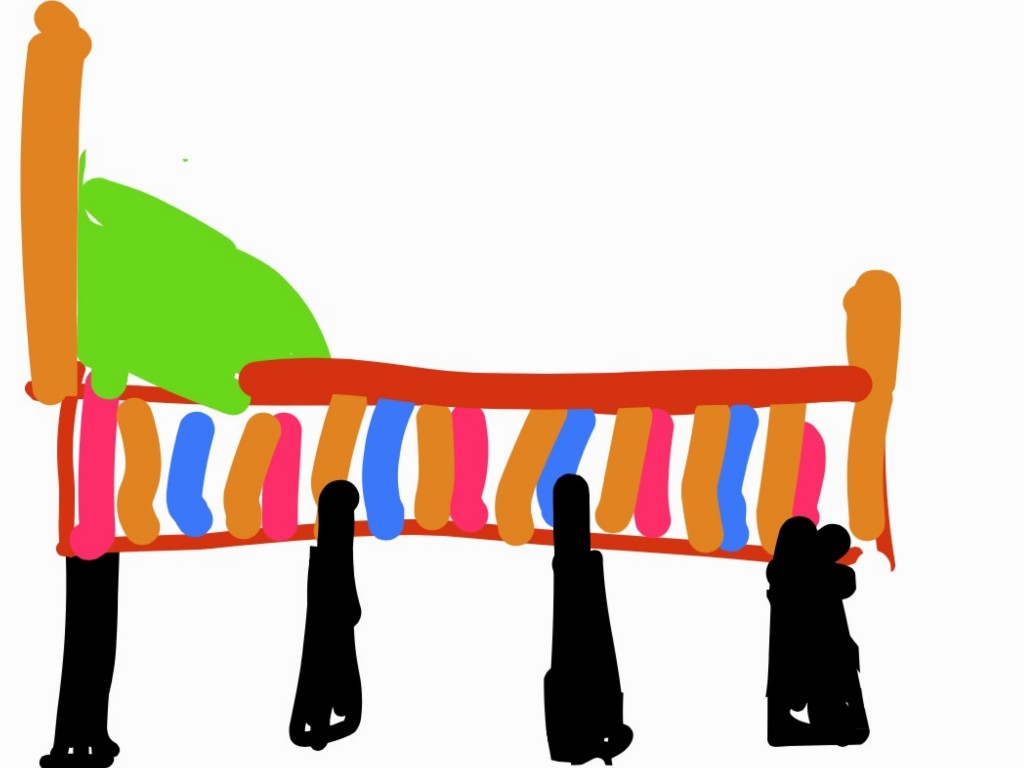
In LA, we did a project about grammar. I did mine on the difference between lie and lay. To lie… read more
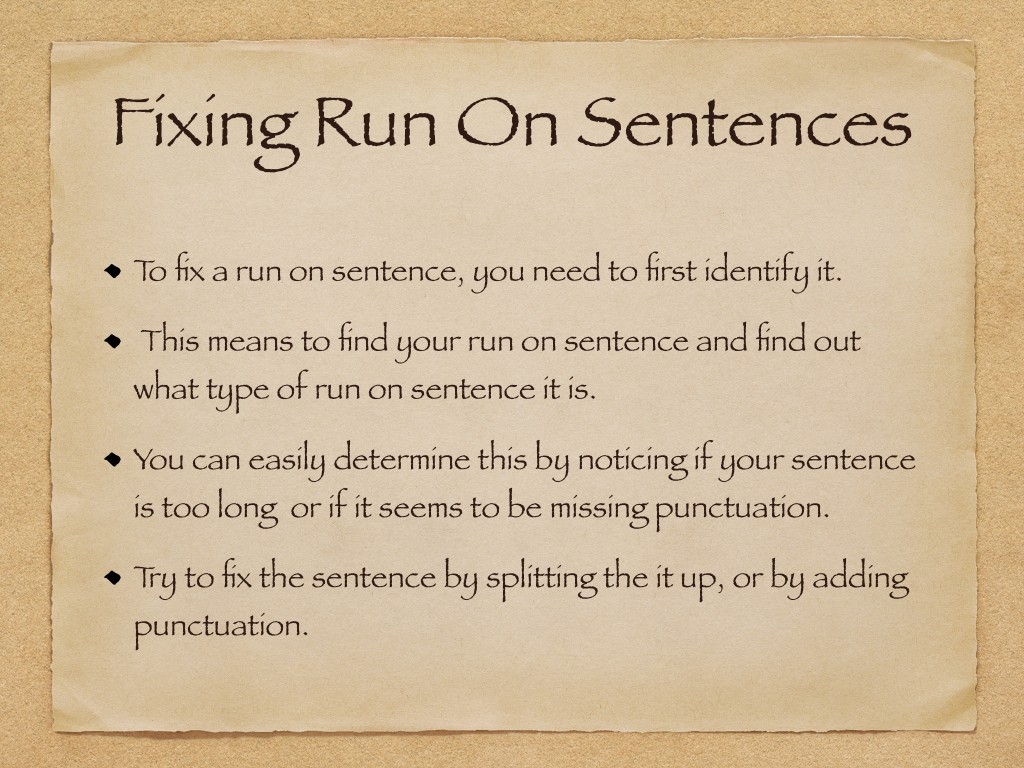
In Mrs. Donnelly’s class, we had to make a grammar project on a specific grammar rule. I chose run-on sentences…. read more
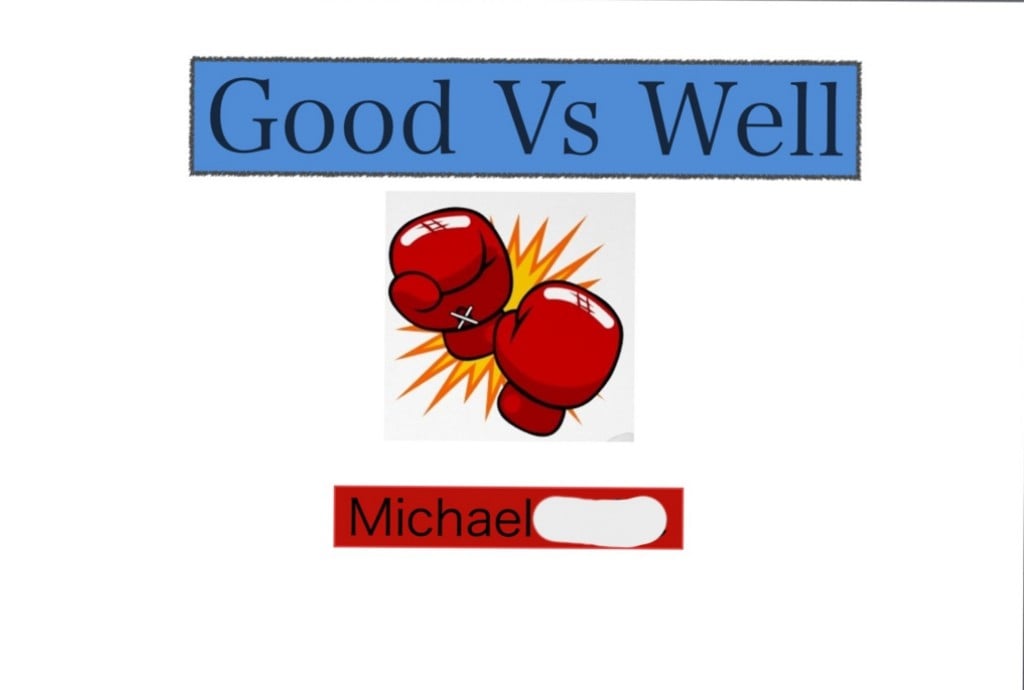
In LA, we all made a project about one grammar rule and presented them to the class. My project was… read more